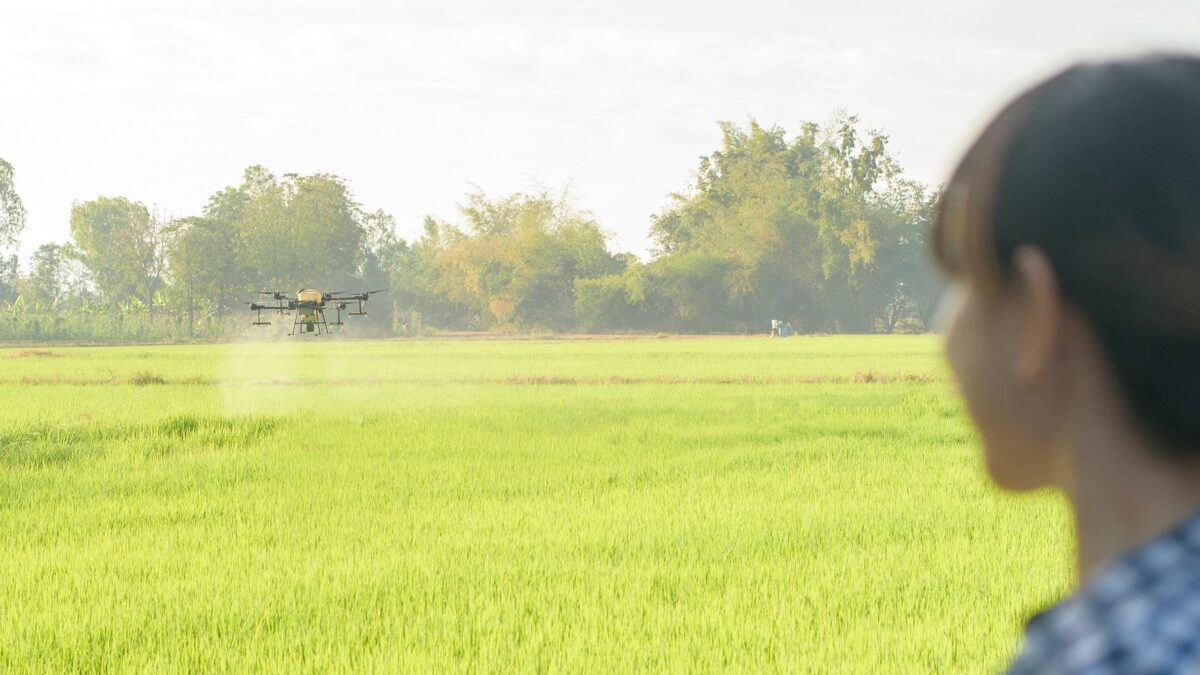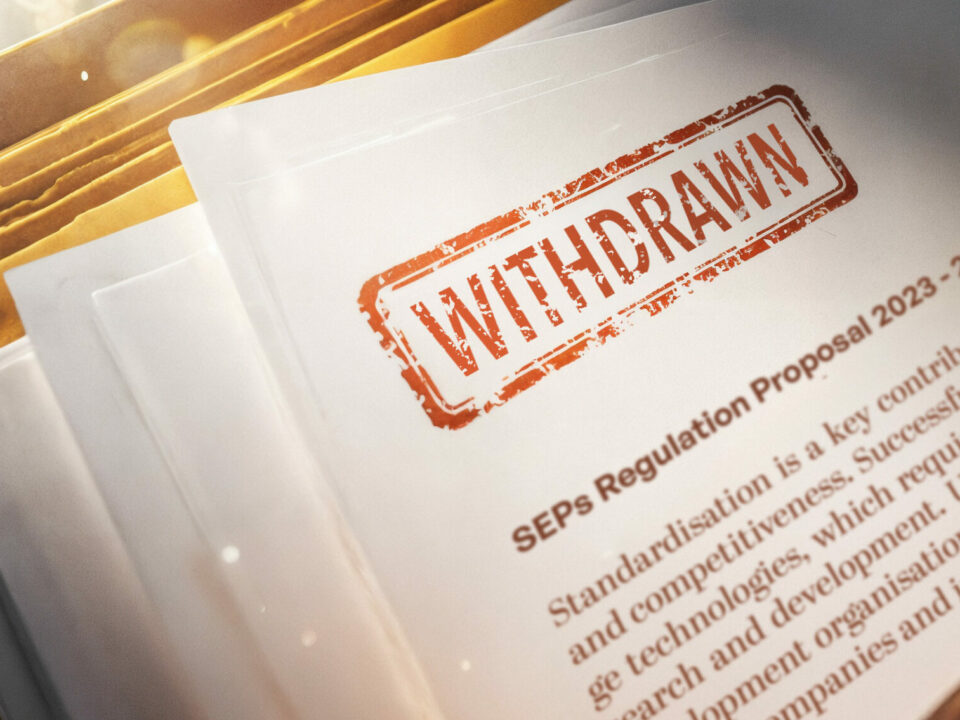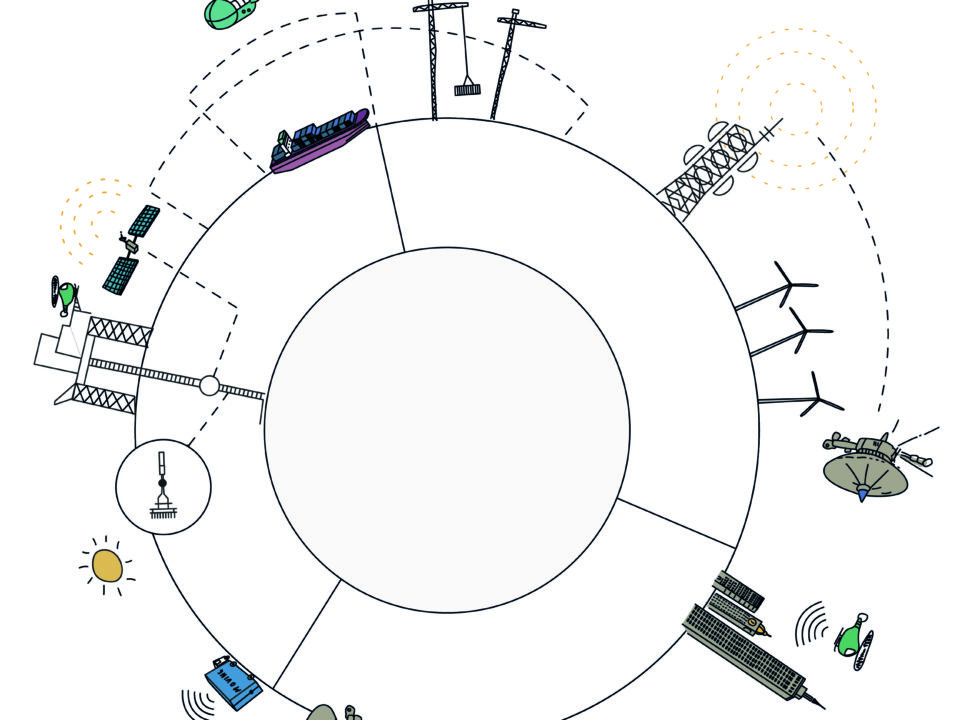World IP Day: How intellectual property, including patents, is helping drive the green transition
This year’s World Intellectual Property Day, April 26, celebrates the contributions of intellectual property (IP) to the achievement of the United Nations Sustainable Development Goals.
What does IP have to do with sustainability, you might wonder?
The World Intellectual Property Organisation, which organises the annual celebration of patents, copyright, trademarks, and other forms of IP, says intellectual property also promotes renewable energy, ‘smart’ power grids and water management systems that reduce waste, among other benefits. IP can also help prevent floods and purify and desalinate water.
Patents, including those that feature in open standards such as 4G and 5G, are a form of intellectual property that is a significant enabler for the transition towards a less wasteful, more efficient world. In fact, as we have argued before, the “G” in 5G and 6G could stand for “green.” That’s because of the many ways in which innovative cellular technology, which uses some patented inventions, is creating opportunities to do a lot of things with greater energy efficiency.
Smart cars, farming and factories
For example, smart and autonomous cars, paired with smart cities, will help reduce accidents and congestion. Cellular vehicle-to-everything, or C-V2X technology, already lets automobiles, lorries, electric bicycles, and scooters and even streetlights talk to one another in real time. This helps them avoid collisions and gives emergency vehicles a ‘green wave’. The technology is advancing as fast as the expansion of 5G communications networks lets it.
The GSMA recently said it expected the global market for connected-car services to reach $81 billion by 2030. That’s counting only the United States, Europe and China. The wider transportation industry, including all ground, air, and water transportation, could be worth $11.1 trillion in 2030, up from $7.31 trillion in 2022, the GSMA predicted.
Wind farms and solar farms use the ultra-low latency of 5G cellular technology to optimise energy output and communicate with electricity grid operators, and even among individual wind turbines, in real time.
Crop farmers increasingly use drones and digitally boosted planting, ploughing, irrigation, and spraying equipment. That way they can provide exactly the distribution of seeds, pressure, water, fertilizer, and pesticides needed for each part of a field with its different terrains and soil types. This “smart farming” can help save an enormous amount of energy by reducing unnecessary irrigation, chemical crop protection and the use of heavy, fuel-thirsty farm equipment.
Livestock farmers, meanwhile, use mobile and satellite network technology to keep track of their animals. Believe it or not, cattle rustling is still a thing, and managing it costs farmers in many countries a lot of money. Thanks to IP, ranchers and reindeer farmers can always know where their animals are!
The Internet of Things and smart factories also rely heavily on cellular technology – and the cellular and non-terrestrial communications networks on which all these services rely depend on technical standards, some of which build on innovations protected by a patent. See: Standard-essential patents
Streaming on an (energy) diet
Next-generation audio and video compression standards—some of which, you guessed it, include IP—will also enable a dramatic reduction in energy consumption related to streaming music and video services. That will help battery charges last longer. According to Ericsson (an IP Europe member), video traffic is expected to increase to 79% of all mobile network data traffic in 2027, from 69% today. Intellectual property will help the growing market reduce its environmental impact.
All in all, IP that incentivises innovation and global technical standards offers lots of environmental and societal benefits that are truly something to celebrate.




